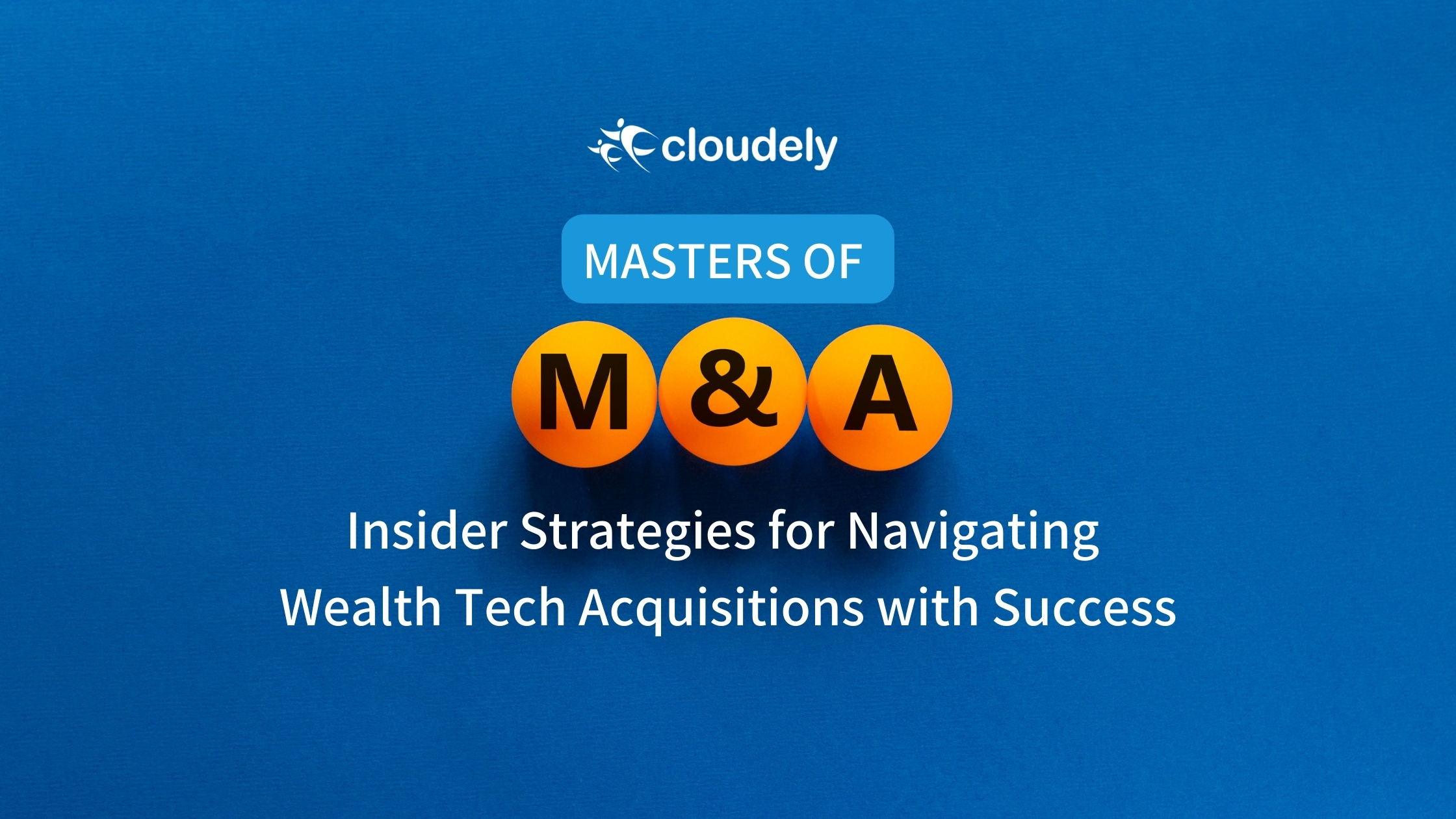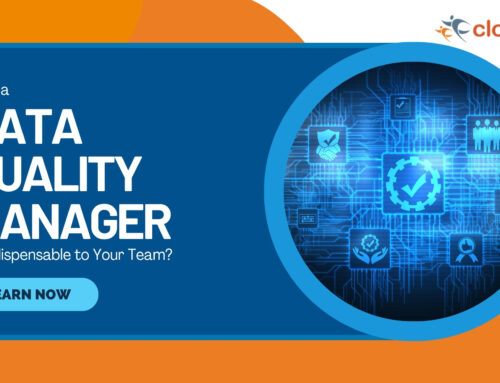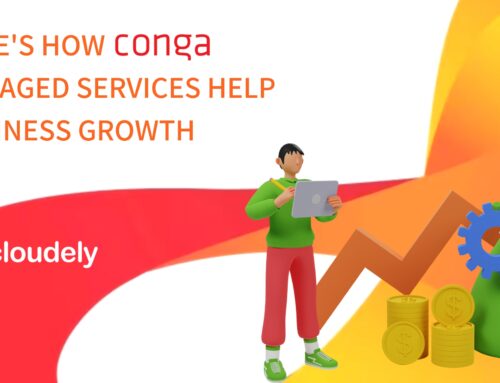The world of wealth management is changing at an accelerating speed, with more firms seeing mergers and acquisitions as attractive due to increased competitiveness, changing clients’ demands, and the need to grow. Nonetheless, this process is complex and demands thorough preparations. Wealth managers can use some exclusive guidelines to cope with M&A transactions successfully.
Table of Contents
Preparing for the Journey
Even if the urge to expand operations or increase market presence by buying other companies drives you into buying them, everything must be set and analyzed before you embark on this direction. A few areas worth examining include:
Your Growth Strategy
M&A should complement your overall growth strategy, not replace it. Ensure your organic growth efforts, like business development, marketing, etc., are progressing well. Otherwise, integrating a new team could distract you from the root causes hindering your growth.
Financial Stability
prospective buyers will conduct an in-depth financial review. Have your books been audited recently? Do your revenue, expenses, and profitability paint an honest picture of the firm’s stability? Address any issues beforehand to portray your firm in the best light.
Leadership & Staffing
Do you have the management bandwidth needed to guide an acquisition? An overlap of the acquired firm’s staff will also be important for continuity. Be upfront about transition plans for key roles during due diligence.
Technology & Processes
Modernizing these areas can help ease integration for clients and staff post-deal. It also strengthens your value proposition to suitors focused on scalable operations.
With the foundation checks cleared, it’s time to explore potential while keeping clients’ interests at heart. Maintaining transparency with them from the beginning will make a world of difference.
Securing the Right Fit
While high demand exists, finding the perfect match requires strategic thinking. Look beyond AUM and client counts to focus on aspects like:
- Cultural Alignment: Ensure your visions, working styles, and core values co-exist comfortably. Forcing incompatible cultures together is a recipe for attrition.
- Complementary Capabilities: Rather than redundant acquisitions, focus on targets that provide scope to cross-sell your collective offerings. Evaluate tech stacks and value-added services.
- Client Base Synergies: Overlapping regions or complementary asset classes prevent dilution and create up-selling opportunities by addressing prospective clients’ complete financial picture.
- Management Continuity: Unless acquiring the entire team, transition plans should be ready to retain key rainmakers whose stability is important for clients and deal valuation.
With due diligence, these ‘soft’ factors can be evaluated from various perspectives, including the target firms, to reveal the true strategic fit. Always strive for cultural compatibility to seal a deal in haste.
Valuation: Showcasing Your Worth
Establishing a fair price is the next critical step. Buyers will examine revenues, growth rates, profits, assets, liabilities, and future potential while applying various valuation methods. Help them appreciate your true worth by:
- Organizing key documents – Financial statements, client details, asset listings, etc. makes due diligence efficient.
- Enhancing EBITDA – Look for scalable efficiencies to optimize margins and amplify earnings power.
- Future-proofing operations – Modernize tech, streamline processes, and diversify revenues to de-risk projections.
- Fortifying client relationships – Retention efforts highlight your stickiness and long-term profitability.
Post-Merger Management Savvy
While planning and deal-making take dedication, successful M&A relies on the same commitment in the integration stage. Pay heed to:
- Communication: Convey transition timelines and address clients’ and staff’ concerns through ongoing updates.
- Cultural Empathy: Promote understanding and appreciation between the merging cultures through social programs instead of forcing assimilation.
- Continuity of Care: Retaining key client-facing staff is pivotal in maintaining relationships during change.
- Tech and Systems Integration: Follow a structured schedule respecting employees’ capacity for change while minimally disrupting work.
- Change Management: Acknowledge human aspects of change through training, coaching, and establishing new performance metrics once combined.
- Regular Monitoring: Gauge metrics like client/employee satisfaction and attrition rates to preempt issues in an evolving environment.
Bright Outlook Ahead
As the complexion of wealth shifts across generations with growing segments demanding personalized, impact-driven services, opportunities for innovative advisors appear limitless, with meticulous planning and care through the acquisition life cycle, wealth managers can successfully capitalize on M&A to augment quality service provision and drive enduring value for all stakeholders in this changing field.
Be Ahead of the Curve with CloudSync
Explore CloudSync – the ultimate Salesforce Data Migration tool for enterprises. Write to us at clodsync@cloudely.com to experience the ease and comfort CloudSync offers.






